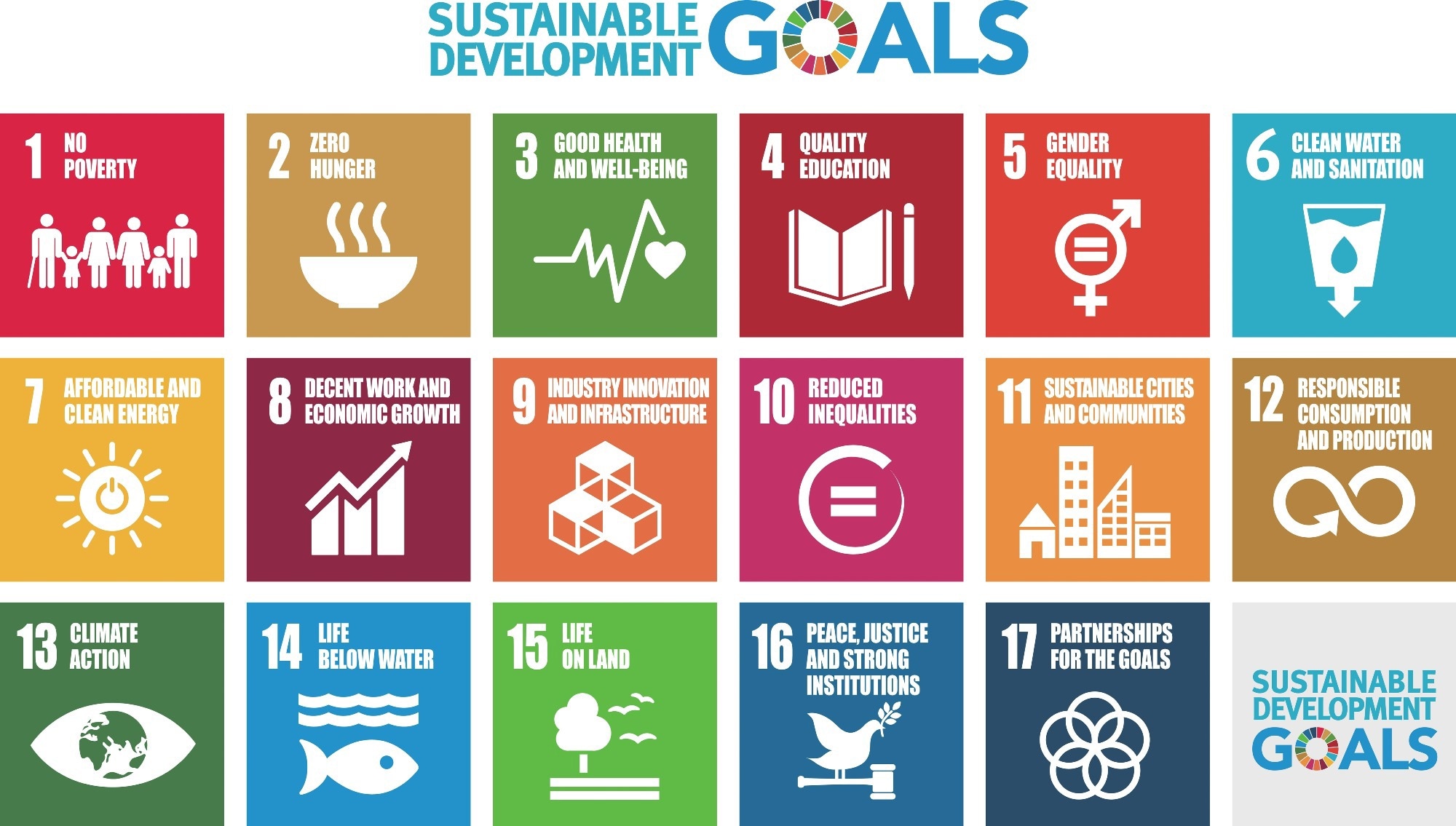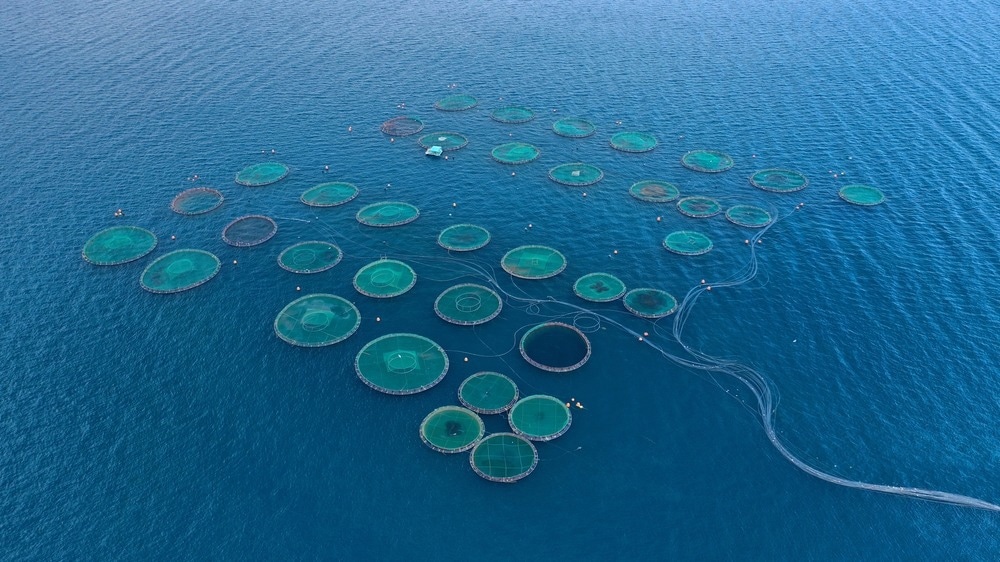With the growing demand for sustainable food production, blue food has emerged as a potential solution to help reach the United Nations' Sustainable Development Goals. However, the overexploitation of resources and pollution are just some of the unresolved issues for blue foods to support global food security in the coming decades.

Image Credit: checy/Shutterstock.com
The contribution of 'Blue Foods' to global food production
Blue foods are derived from aquatic animals, plants, or algae caught or cultivated in freshwater, marine, and estuarine environments. They are found to rank above terrestrial animal-source foods in terms of nutritional benefits. As a result, blue foods are the fastest-growing components of modern food production, with the growth rate of marine aquaculture alone growing at 7% every year, which is over triple the growth rate of agriculture (~2%) and livestock production (~2.6%).
However, food production and consumption are changing due to global climate change. The rise in greenhouse gas emissions is increasing temperatures worldwide as well as inducing changes in ocean pH, salinity, storm events, and currents. These impacts directly affect food production and are projected to threaten food security in many regions worldwide.
Due to the unpredictable and far-reaching consequences of global climate change, nations and institutions are implementing strategies to prevent, mitigate, or adapt to the impacts of environmental change. This includes the development of the Sustainable Development Goals (SDGs), which are 17 objectives to reach by 2030 that range from improving food production to better education and gender equality. The SDGs were first developed in 2015 but are a continuation of the eight Millennium Development Goals (MDGs) and represent a call for action toward a better, more sustainable way of life.
Since 2015, the SDGs have helped guide socioeconomic and agricultural policies, and although it has had mixed successes, solutions have emerged to help nations reach the objectives set out in the SDGs. Of particular importance has been the transition across industries towards more sustainable practices. This was the case for agriculture, with a shift in focus towards increased aquacultural production.

 How can the Food Industry Achieve the Sustainable Development Goals?
How can the Food Industry Achieve the Sustainable Development Goals?
The potential for 'Blue Foods' to help reach the SDGs
Blue foods hold considerable potential to help countries reach the objectives set by the SDGs. Due to the multifaceted elements of blue foods in terms of economic, social, and ecological dynamics, blue food plays a direct role in many SDGs, including Zero Poverty (SDG 1), Zero Hunger (SDG 2), health and wellbeing (SDG 3), Responsible consumption and production (SDG 12), Climate change (SDG 13) and Life below water (SDG 14). Moreover, blue foods also exert an indirect yet significant influence on all remaining SDGs due to the impacts on socioeconomic and ecological factors.
As a result of its promising potential, nations worldwide, especially in South East Asia, have rapidly accelerated the development of aquacultural sectors, increased fishing activities, and invested extensively in related research. In recent years, solutions to more sustainable food production have emerged, including using seaweed farming. This was discussed in a 2022 study by Duarte et al., in which authors advocated for the widespread use of seaweed farms as a unique, scalable, and sustainable solution to reducing greenhouse gas emissions despite higher demand for food.
Further innovations have also contributed to integrating SDG objectives into aquaculture to ensure practices focus on sustainable production. The production of blue food already has a significantly lower carbon footprint than traditional farming practices. Yet, technologies are hoping to further limit the environmental footprint of aquaculture.
This was the case for the development of Biofloc technology discussed by Bossier and Ekasari in a 2017 study. Biofloc technology recycles waste nutrients into heterotrophic microbes that can be used by cultured animals or are harvested and processed into feed ingredients. In turn, this recycling process increases aquacultural productivity by limiting the need to change the water supply and supplying a consistent feeding source to juvenile fish, which have been proven to develop stronger immunity and grow faster under this process.
Blue foods, therefore, represent a source of nutrients and foods that can help stabilize food security in the coming decades. The broad spatiotemporal scale of aquatic environments, diversity of cultivated species, and potential for technological innovations make blue foods a promising candidate to support the SDGs. However, exploiting blue foods is not recent, and many challenges limit its potential trajectory to stabilizing global food security.

Image Credit: Aerial-motion/Shutterstock.com
Limitations and challenges for 'Blue Foods' to reach the SDGs
Blue foods are facing a number of challenges, which may hinder its capacity to help reach the SDGs by 2030 and continue supporting food security in coming decades.
The overexploitation of fish stocks has led to the complete depletion of several wild fisheries, particularly along the North Atlantic and Pacific coastlines. One recent example was the disappearance of snow crabs in the Bering Sea during the Autumn of 2022. Other issues also include pollution derived from aquacultural facilities, causing large-scale algal blooms, particularly along the South China coast.
Further limitations may affect the success of blue foods as a pivotal source of ecological and socioeconomic progress. For instance, in a 2019 paper by Selina Stead, the author highlights the necessity for political will to harness aquaculture in the hopes of reaching the SDGs. However, the political will of many nations varies widely, and each country's approach differs when implementing aquacultural policies, leading to a lack of consistent prioritization on an international scale.
Policies will play a particularly important role in developing blue food production. Job creation is a key benefit of blue foods, with a 2020 study from Egypt highlighting that 20 new jobs are created for every 100 tons of fish caught. This promises better economic prosperity for communities, which aligns with SDGs.
However, among the opportunities provided by producing more blue foods, fewer jobs were provided for women or younger individuals than other groups. Therefore, policies must incorporate multiple SDGs and not focus on isolated targets that may be detrimental to other goals. Adapting policies and targets on regional scales are also key to reaching SDGs as understanding environmental, social, and economic characteristics for more context-specific will help develop more opportunities and address challenges more effectively.
Ultimately, although blue foods hold considerable potential to feed growing human populations, current practices in aquaculture and fishing alone make it unreliable to sustain the SDGs. Yet, indirectly, solving the challenges facing the unsustainability of blue food production can help reach the SDGs and benefit more sustainable practices. In the coming years, parallel solutions in terrestrial agriculture, urban farming, and technological innovations will help reach the SDGs alongside blue foods.
References:
- Bossier, P., & Ekasari, J. (2017). Biofloc technology application in aquaculture to support sustainable development goals. Microbial Biotechnology, 10(5), 1012–1016. https://doi.org/10.1111/1751-7915.12836
- Duarte, C. M., Bruhn, A., & Krause-Jensen, D. (2021). A seaweed aquaculture imperative to meet global sustainability targets. Nature Sustainability, 5(3), 185–193. https://doi.org/10.1038/s41893-021-00773-9
- Nasr-Allah, A., Gasparatos, A., Karanja, A., Dompreh, E. B., Murphy, S., Rossignoli, C. M., Phillips, M., & Charo-Karisa, H. (2020). Employment generation in the Egyptian aquaculture value chain: implications for meeting the Sustainable Development Goals (SDGs). Aquaculture, 520, 734940. https://doi.org/10.1016/j.aquaculture.2020.734940
- Stead, S. M. (2019). Using systems thinking and open innovation to strengthen aquaculture policy for the United Nations Sustainable Development Goals. Journal of Fish Biology. https://doi.org/10.1111/jfb.13970
Further Reading
Last Updated: Feb 24, 2023